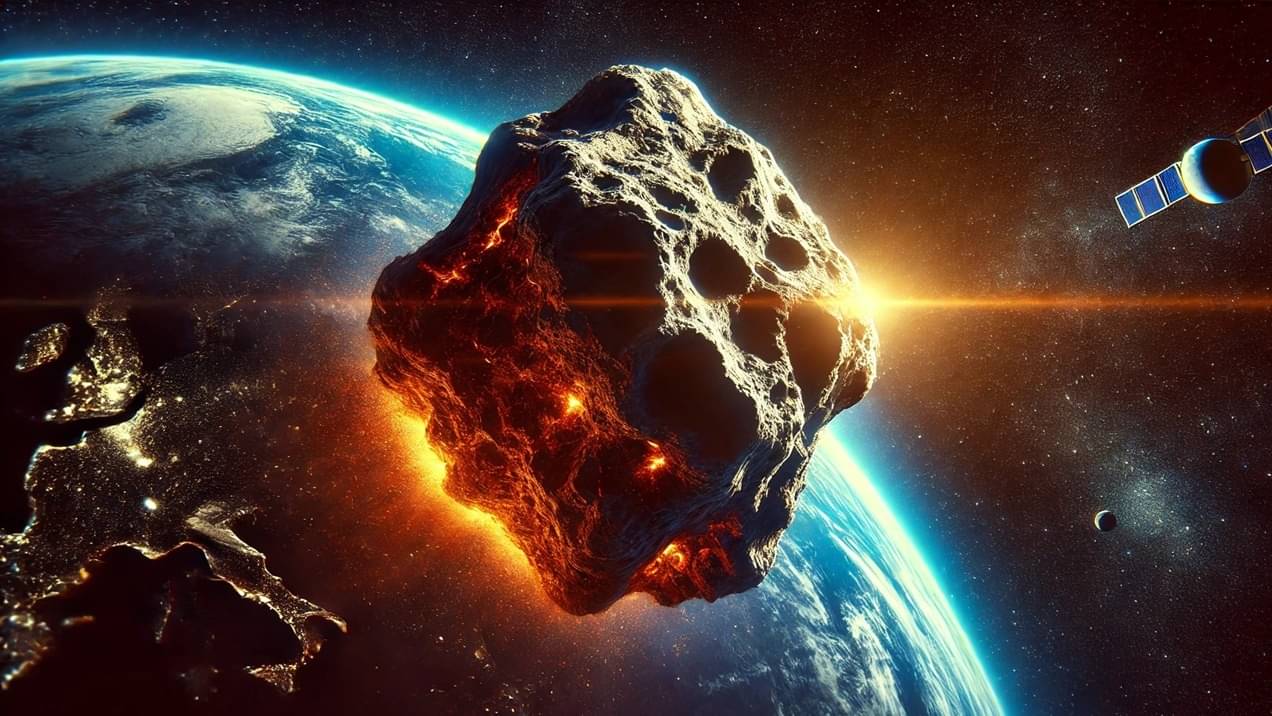Out of This World Living: Secrets of Astronauts’ Extraordinary Lives
It was a very difficult and dangerous task to become an astronaut and to go on space missions, especially in the early days of space exploration. The technology was new, there was little knowledge of space, and there were numerous unknowns and dangers. Physically and mentally pushing is the intense preparation needed to be ready for space missions. Astronauts had to adjust to the solitude and stress of space travel while learning how to control spacecraft, carry out spacewalks, and handle emergencies.
First Man in Space
The first astronaut to travel to space was a Soviet cosmonaut named Yuri Gagarin. His legendary expedition served as a crucial turning point in space exploration. This is how his trip got started:
Gagarin enlisted as a pilot cadet in the Soviet Air Force in 1955. He demonstrated outstanding talent, which led to his selection as a cosmonaut candidate in the Soviet Union’s space program in 1960. The Soviet space program was competing with the American space program to be the first to go into the space. During launch and re-entry, astronauts experienced extreme forces, or G-forces. These forces could cause physical discomfort, disorientation, and even loss of consciousness if not managed properly.
Yuri Gagarin created history on April 12, 1961, when he became the first person to travel into space. He operated the Vostok 1 spacecraft as its pilot. The entire mission, which lasted around 108 minutes, involved the spacecraft making one circuit around the planet. Gagarin experienced weightlessness and saw the Earth from a completely different angle while he was in space. He stated to be in good health and even carried out everyday task like eating and contacting mission control. Gagarin became an instant international fame and a hero in the Soviet Union as a result of his successful space journey. He got several awards and honors for his achievements. His journey made a significant impact on the world and in the Space Race between the United States and the Soviet Union.
Here are some further intriguing details regarding an astronaut’s existence in space:
Even though there isn’t a traditional kitchen like there is at home, astronauts still get to enjoy great meals in space. But what’s this? Food does not drop to the ground when you release go since there is no gravity. To prevent their food from floating away, astronauts must utilize special tools like magnets and Velcro that sticks to everything.
There is no such thing as “up” or “down” in space as there is on Earth. Therefore, astronauts are able to float in any direction, including upside down, sideways, and even flipping like acrobats. It resembles playing a large game of floating tag!
Sun, Moon, and Stars | Did you know … Facts ? – YouTube
Certainly, here are a few more interesting secrets about an astronaut’s life in space:
Growing Space Veggies: Astronauts are like space gardeners too. They’ve learned how to grow their own veggies on the International Space Station. Using special lights and water, they can make lettuce, radishes, and even tiny tomatoes grow. It’s a bit like having a mini-space farm!
Super Sightseeing: Imagine being able to see 16 sunrises and sunsets in just one day! Astronauts on the space station get to do that because they zoom around the Earth so fast. It’s like having a front-row seat to the most colorful light show ever.
Alien Smells: Space doesn’t have the same smells as Earth because there’s no air to carry scents. Astronauts often say that when they come back to Earth, they notice all sorts of new and familiar smells—like the sweet scent of flowers or the comforting smell of fresh-baked cookies!
Space Hairdos: Without gravity, hair doesn’t fall down. So, astronauts’ hair can stand up, float around, and look pretty funny sometimes. It’s like a never-ending bad hair day, but they think it’s hilarious!
Spacesuit Secrets: The astronauts’ white spacesuits are like mini spaceships. They keep them safe from the vacuum of space, but did you know they have a special drinking straw inside? Astronauts can take sips of water right inside their helmets while they’re working outside!
Cosmic Pajamas: At the end of the day, astronauts sleep in sleeping bags like cozy pajamas. They can zip themselves inside, so they don’t float away during the night. It’s like having a comfy space cocoon to snuggle into.
Phone Home: Just like in the movie “E.T.,” astronauts can call their families and friends from space! They use special phones that can reach all the way back to Earth. Imagine saying goodnight to your loved ones from the stars!
Space Sweat: In the absence of gravity, sweat doesn’t flow off your face. On your skin, it melts into little floating balls. Towels can be used by astronauts to gently wipe them away. It like tiny rains from outer space on their skin.
Isn’t space life fill with intriguing mysteries and surprises? Give us your feedback, visit our home to read more topics and subscribe to our channel to watch more interesting stuff !




